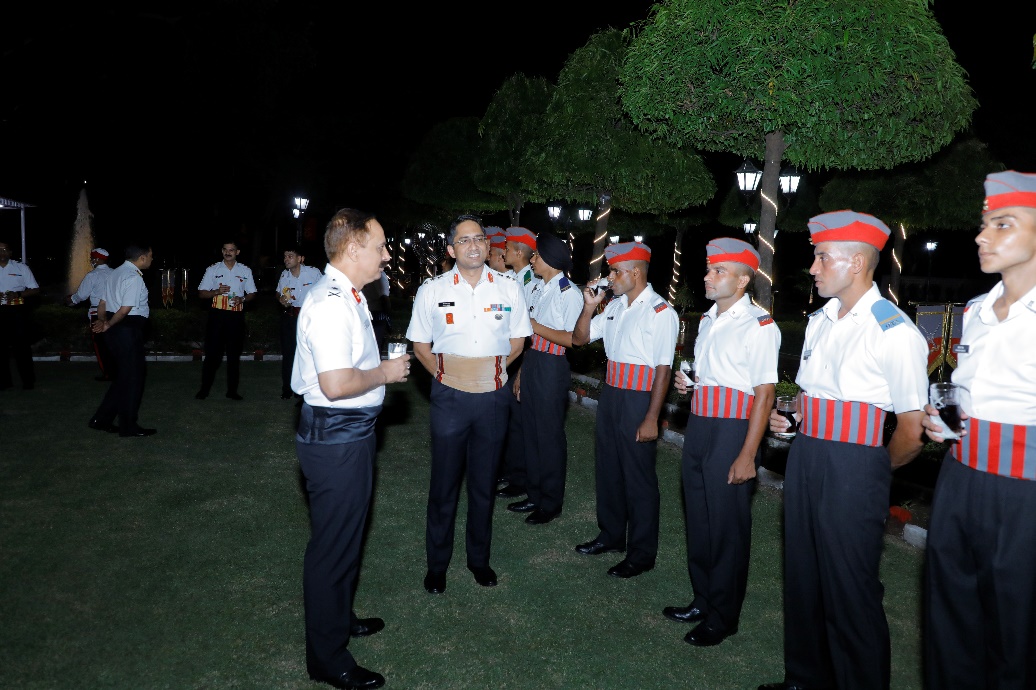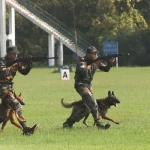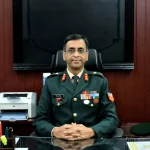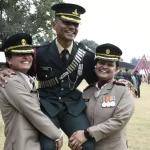The Indian Army is eliminating colonial practices such as using horse-drawn carriages during events, conducting pulling out ceremonies upon retirement, and featuring pipe bands during dinner gatherings.
Army Chief General Manoj Pande has initiated the process to end these practices in accordance with Prime Minister Narendra Modi’s instructions.
The Indian Army has instructed its units to discontinue these practices, according to a formation issued by the army.
According to a report by news agency ANI, the Indian Army is reviewing legacy practices from the colonial and pre-colonial era, such as customs and traditions, uniforms and accoutrements, regulations, laws, rules, policies, unit establishment, and colonial-era institutes.
As part of efforts to eliminate colonial traces, the army is also reviewing the English names of some units and renaming certain buildings, establishments, roads, parks, and institutions like Auchinleck or Kitchener House. The report noted that action has already been taken in many cases.
The Indian Army has a long and complex history that is intertwined with the history of colonialism and the British Empire. The Indian Army as we know it today has its origins in the British East India Company’s army, which was established in the 18th century to protect the company’s interests in India. After the Indian Rebellion of 1857, the British Crown took over control of India and the Indian Army, which became an integral part of the British Empire’s military structure.
As a result of this history, it is true that the Indian Army has been influenced by colonial practices in various ways. For example, the Army’s organizational structure, uniforms, and training methods have all been shaped by British military traditions. The Army also continues to use many of the same rank designations and terminology that were used during the colonial era.
However, it is important to note that the Indian Army has also evolved and adapted over time, and has developed its own distinct identity and practices. Today, the Indian Army is one of the largest and most modern militaries in the world, and it has developed its own unique operational doctrine and training programs that reflect India’s strategic priorities and security challenges.
In recent years, there have been efforts to modernize and reform the Indian Army, including initiatives to reduce bureaucracy, improve training and equipment, and promote greater integration between different branches of the military. While the Army’s history and traditions are an important part of its identity, it is also focused on meeting the needs of modern India and ensuring that it is able to defend the country’s interests in the 21st century.













